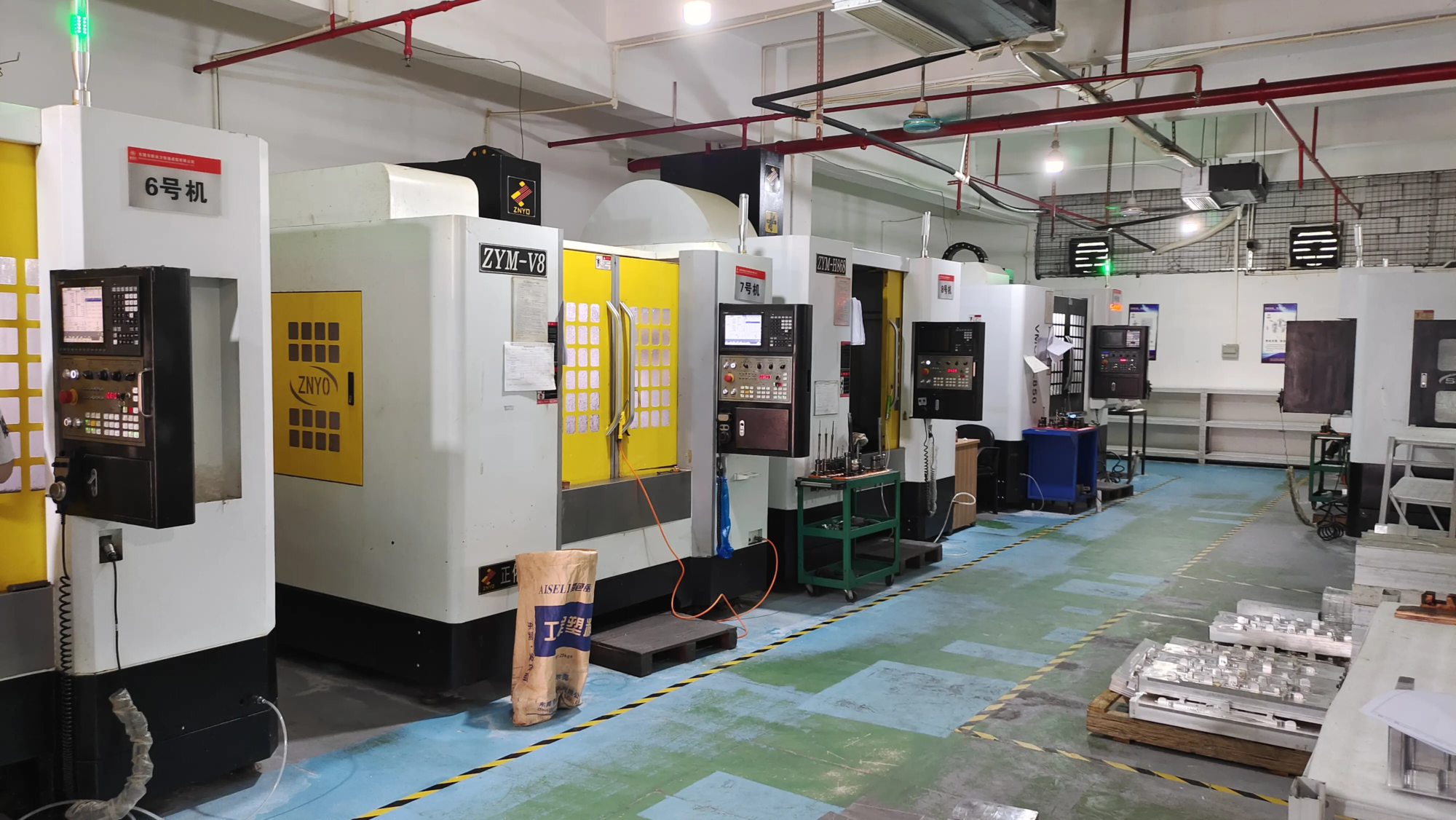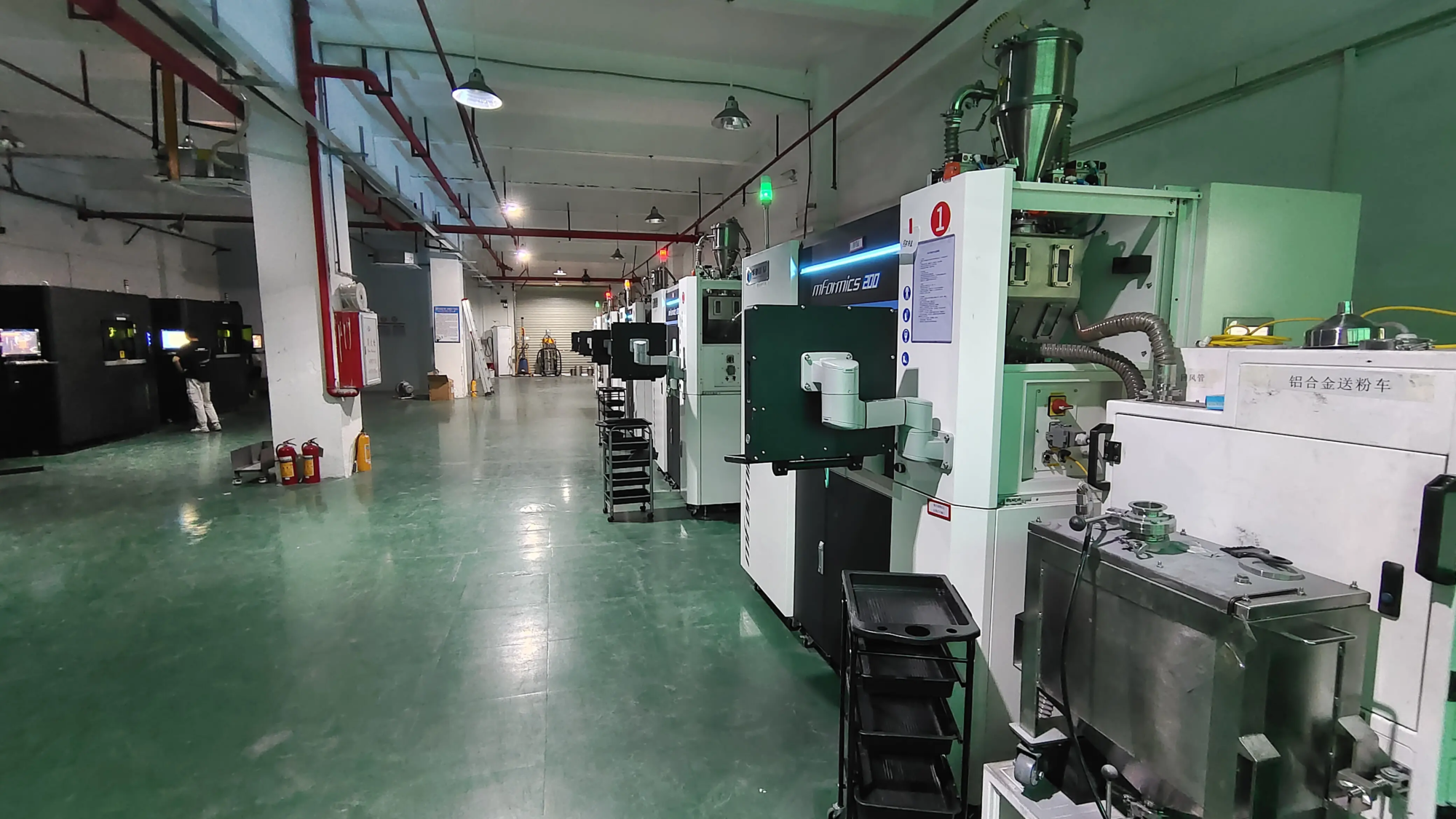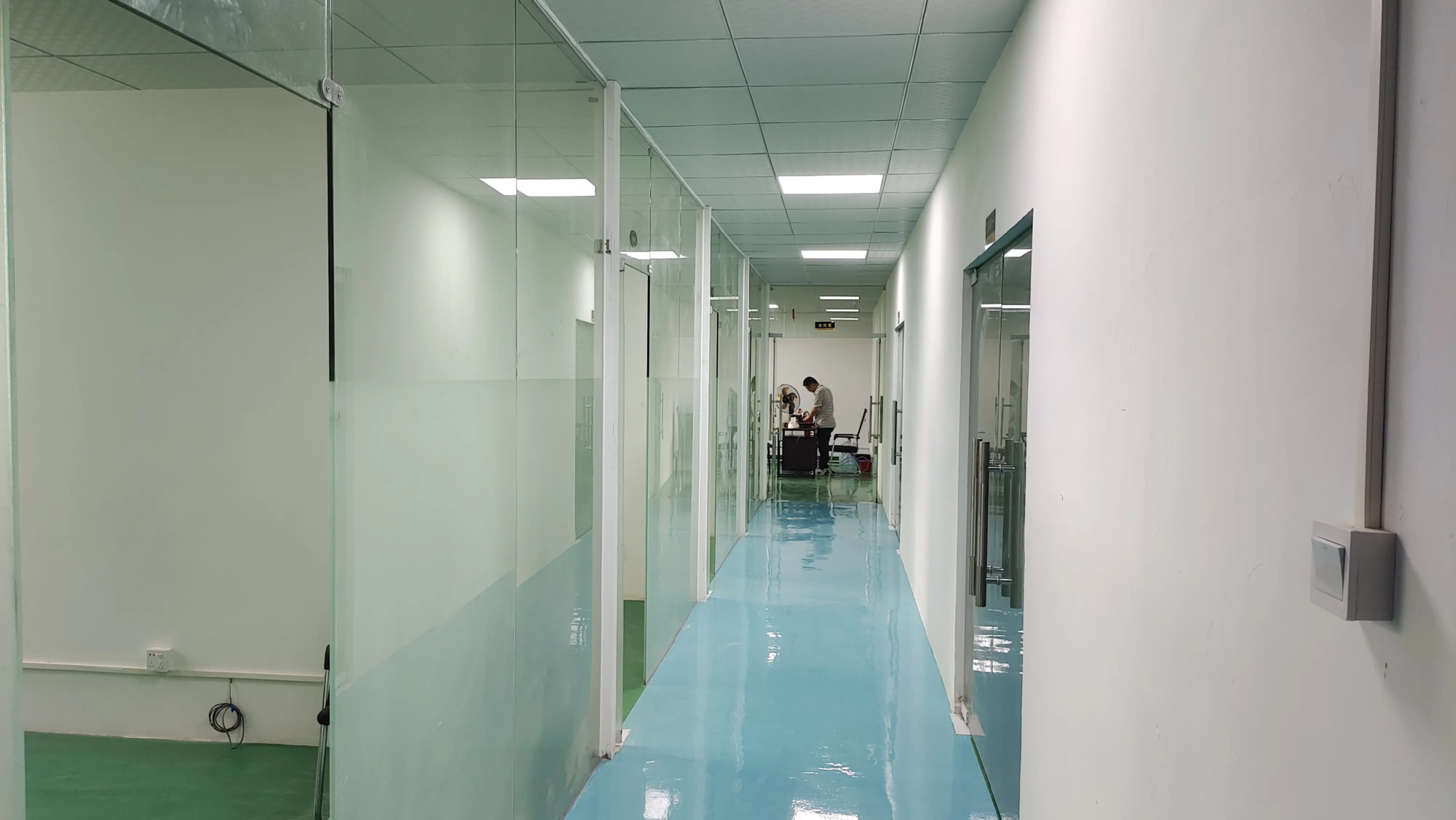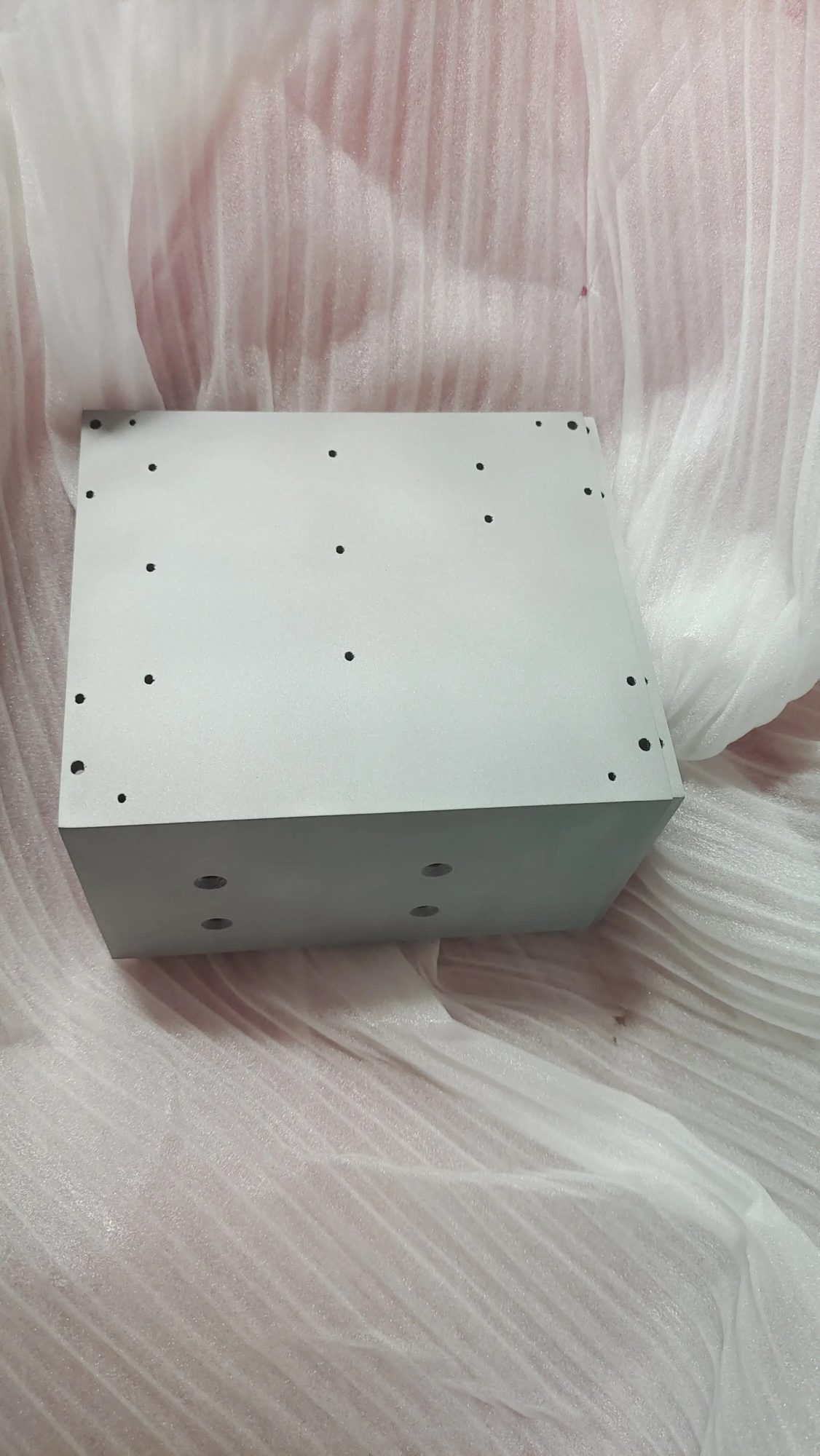Embark on Your BattleTech Micro Journey: A Comprehensive Guide to 3D Printing
The thundering footsteps of Atlas, the deadly precision of Crazy Cat, the iconic designs of Inner and Horde – the BattleTech universe is filled with mechanical wonders that spark the imagination. For fans and enthusiasts, having detailed, personalized models has always been a dream. With 3D printing, this dream now comes to life. This guide delves into the world of BattleTech 3D printing, covering techniques, materials, design intricacies and post-processing, allowing you to bring your favorite ‘mecha’ to life with unprecedented quality.
Why delve deeper into 3D printing BattleTech?
- Unleash personalization: Design unique variations, custom loads or your own original creation.
- Production on demand: Print rare or discontinued models that are not commercially available.
- Size and scope: Create everything from miniature lances for tabletop wargaming to large, spectacular display pieces.
- Restoration & Vintage: Salvage damaged miniatures or use original printed parts to breathe new life into classic designs.
- Cost effectiveness: Over time, it becomes more economical to print specific models, especially for large collections.
Choose your arsenal: 3D printing technology
Not all 3D printing is the same. Choosing the right technology determines the detail, strength and beauty of your BattleTech model.
-
FDM (Fused Deposition Modeling):
- How it works: Plastic filaments are melted and extruded layer by layer.
- advantage: Affordable printers and materials for larger terrain parts, durable functional parts.
- shortcoming: Visible layer lines, struggling with very fine details like small arms or pilot cockpits, requiring a lot of sanding and finishing to get a smooth miniature.
- Best for: Terrain (buildings, obstacles), large base mechs (where fine details are less important), prototype poses.
-
SLA/DLP/LCD (stereolithography/digital light processing/LCD mask):
- How it works: Liquid photopolymer resin is cured (hardened) layer by layer using UV light.
- advantage: Excellent resolution of intricate detail (necessary for smaller miniatures that require precise panel lines, weapon barrels and textures), smooth surface finish.
- shortcoming: Resin handling requires safety precautions (gloves, ventilation), prints are more brittle than FDM before curing, require post-curing and careful support removal/isopropyl alcohol cleaning, resin is more expensive per kilogram than FDM filament.
- Best for: Highly detailed tabletop miniatures (6mm, 10mm, classic Battletech scale), complex components, cast masters.
-
SLS (Selective Laser Sintering) and MJF (Multiple Jet Fusion):
- How it works: A laser or fusing agent bonds powder particles (plastics such as nylon) layer by layer. Self-supporting.
- advantage: Excellent strength and durability, complex geometries requiring no supports (reducing post-processing), relatively smooth surface texture.
- shortcoming: Mainly in the industrial/service bureau sector due to machine cost and complexity; surface finish is often grainy; details are often not as sharp as SLA; material color options are limited and no staining is required.
- Best for: Functional prototypes of moving parts, solid game parts where very small details don’t matter.
- SLM/DMLS/Metal Adhesive Jetting (for metal parts) – GreatLight specializes in:
- Working principle (SLM/DMLS): High-power lasers selectively melt fine metal powders (e.g. stainless steel, aluminum, titanium) layer by layer. Metal binder jetting uses a binder before sintering.
- advantage: Exceptional strength and durability, true metallic properties (heat/heavy resistance), unparalleled realism for advanced display models or high wear parts (e.g. connecting pins), achievable accuracy.
- shortcoming: The cost is significantly higher than plastic methods, often requires professional services (such as GreatLight), and post-processing (support removal, heat treatment, surface treatment such as sandblasting/polishing) is complex and critical.
- Why Gretel excels at this: GreatLight utilizes advanced SLM systems focused on overcoming the challenges of metal 3D printing to prototype complex BattleTech parts. Their expertise ensures minimal warpage, adherence to tight tolerances and efficient support structure design for complex micro-geometry. Their integrated post-processing services can provide a smooth finish, patina, or custom plating to make your metal “mecha” look like a factory masterpiece or a battle-hardened veteran.
Material selection for best results
- Frequency division multiplexing: PLA (easiest to print, standard colors), ABS/ASA (better temperature resistance), PETG (good balance of strength and printability).
- Resin (SLA/DLP/LCD):
- Standard: Good detail at a lower cost.
- Tough/Durable/ABS-like: Improves the impact resistance of game parts.
- Castable: used to make molds.
- Specialty (flexible, high temperature): niche applications.
- Powder (SLS/MJF): PA12/Nylon (standard, strong), glass-filled nylon (harder), flexible TPU variants.
- Metals (professional services such as GreatLight): Aluminum alloy (lightweight, strong), stainless steel 316L or 17-4PH (excellent strength/detail), titanium (high strength/lightweight and high quality), copper alloy. GreatLight offers extensive material customization to meet functional needs or aesthetic needs.
Master BattleTech Print Design
- Source quality STL files: Platforms like Thingiverse, Cults3D, MyMiniFactory and more host paid and free files. Look for creators who specialize in BattleTech and have models optimized for printing.
- Directions and Support: Critical to preventing failure. Orient parts to minimize visible support marks on critical surfaces. Automatic supports often require manual optimization.
- Chitubox/lychee slicer (resin): Essential for preparing your resin print (knocking out, generating supports, optimizing orientation).
- Resin printing auxiliaries: The hollow model’s drainage holes prevent suction and resin retention.
- Zoom ratio: Make sure your spear/star ratio is consistent. Slicer software allows precise scaling adjustments.
- Component separation: Printing weapons, arms, legs separately usually results in better detail, easier painting and pose customization. Designers often pre-separate models.
- thickness: Make sure the walls and details are thick enough for your chosen technology (SLA requirements are lower than FDM, metal requires careful consideration of thermal management).
Crucible: the perfect post-processing
Bringing your prints to life involves key finishing steps:
- Frequency division multiplexing: Remove supports->fill/sand line->primer->paint/varnish/flock base. Adequate sanding stages (from coarse to fine sand) are key.
- Resin: Remove supports (careful!) -> Wash thoroughly in IPA -> Full UV cure -> Sand imperfections/recesses -> Primer -> Paint/varnish.
- SLS/MJF: Removal from powder -> media blasting (sand/polishing) -> dye color -> possible penetration.
- Metal (GreatLight end-to-end solution): Critical to unlocking the potential of metals. GreatLight handles complex tasks expertly:
- Heat treatment: stress relief and hardening.
- Support removal: mechanical cutting and grinding (minimizes part damage).
- Metal surface treatment: sandblasting, vibration tumbling, manual or CNC polishing, electroplating (chrome, gold), oxidation/patina, powder coating. This transforms the original print into a display-worthy centerpiece or functional component.
- Quality Control: Ensure dimensional accuracy and material integrity.
Conclusion: Your BattleTech vision, crafted in tangible reality
3D printing is fundamentally changing the way BattleTech enthusiasts interact with the universe. No longer limited to pre-made models, you can now command a spear of your own design, painstakingly recreate an iconic ‘mech, or craft rugged prototypes for unique components. The journey from digital files to tangible miniatures involves strategic choices: choosing the right technique for your scale and detail needs, understanding material properties, optimizing your designs, and mastering the art of post-processing.
For enthusiasts seeking the ultimate expression of metal durability, realism, or functional prototyping, the challenges of high-precision, complex microprinting are best met with expertise. where is this huge light Become a strategic partner. As a leading company in the field of rapid prototyping in China, Honglaite Technology relies on cutting-edge technology to SLM 3D printing technology Also possesses a deep understanding of materials science and advanced post-processing capabilities. They specialize in solving complex metal prototyping challenges, ensuring that custom precision components for your BattleTech creation – whether it’s a heat-resistant nozzle, reinforced leg actuator, or an entire display-quality miniature crafted from gleaming stainless steel – can be customized to your specifications with minimal warping, exceptional accuracy and an impeccable surface finish.
With GreatLight’s commitment to quick turnaround, material customization, and comprehensive one-stop solutions that handle everything from initial design consultation to post-processing and finishing, achieving professional-grade metal BattleTech parts is streamlined and accessible. Transform your mech warrior dreams into durable, high-fidelity metal reality. Learn how GreatLight can power your next cutting-edge BattleTech project. Explore their capabilities and request a quote today.
FAQ Section: BattleTech 3D Printing Revealed
Question 1: What is the best 3D printer for standard BattleTech miniatures (6mm scale)?
one: Resin printer (SLA/DLP/LCD) It is the first choice for most people. Their high resolution is crucial for capturing intricate details at such a small scale. Affordable desktop resin printer offers incredible quality suitable for most desktop gaming needs.
Q2: Can I print a fully articulated BattleMech?
A: Yes, but it’s challenging. Designing small-scale functional joints requires expertise. FDM and resin can enable limited articulation on a larger scale or simpler articulations such as weapons. Due to tight tolerances and strength requirements, functional metal joints often require professional services like GreatLight. Most printed mecha are posed while being sliced or glued in place.
Q3: Where can I find good quality STL files for BattleTech models?
A: Explore dedicated platforms: MyMiniFactory, Cults3D, Thingiverse, Patreon pages of famous BattleTech designers. Always respect copyright and creator license ("For personal use only" with commercial license).
Q4: How fragile are game resin prints?
A: Standard resin can be brittle. "tough" or "ABS-like" The resin’s impact resistance is significantly improved and is highly recommended for gaming parts. Handle them with care and consider conservation.
Q5: Why would I choose GreatLight’s metal 3D printed BattleTech parts?
A: Metal printing is great for:
- ULTIMATE DURABILITY: Unparalleled strength for collision-prone game parts.
- Advanced display models: Bringing exceptional weight and realism to collectors.
- Functional prototyping: Create realistic moving joints, weapon mechanisms or heat sinks that function under pressure.
- High temperature requirements: Components that may be near lighting or other heat sources.
Gretel’s expertise SLM metal printingmaterial customization (aluminium, steel, titanium, copper) and integrated high-quality finishing services guarantee precision, reliability and stunning beauty for professional projects requiring metal performance and durability.
Q6: How long does it take to 3D print BattleMech?
Answer: There is a big difference:
- Frequency division multiplexing: Going from small to large can take hours.
- Resin: Faster than FDM for equivalent detail, about 1-4+ hours per mini depending on size/layer height.
- Professional Metal (GreatLight): Depends on project complexity, quantity and post-processing selected. Turnaround speed is significantly faster than traditional metal processing (days/week vs weeks/month). Please contact GreatLight for specific project quotes and timelines.
Q7: What is the biggest challenge in printing the tiny details of BattleTech?
one: Resolution limitations and support. Ensuring reliable printing of tiny details (antennas, small lasers, cockpit glass) requires high-resolution printing (resin or metal) and carefully placed delicate supports. It helps to design these details thicker initially.
Q8: Do I need an expensive printer to get good results?
A: No, mid-range resin printers can achieve excellent desktop-quality results. Professional services like advanced high-resolution printers or GreatLight (for metal) push the boundaries of detail, material selection and functionality for premium results. The key is to match your requirements with the technology.





